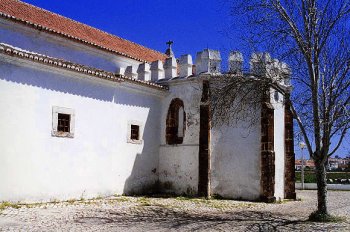Explore the best places
Heritage in Portugal
Núcleo Museológico da Torre de Menagem de Melgaço
- heritage
Rua do Castelo, 14
4960-537, Melgaço
Tower classified as a National Monument. Inside, it houses an exhibition with the aim of showcasing the architectural and archaeological heritage and the historical evolution of the municipality of Melgaço, from Prehistory to the Contemporary Age.
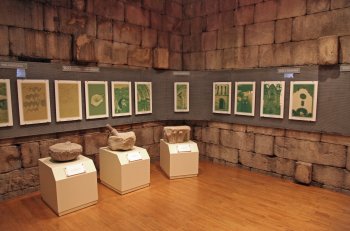
Museu do Cinema de Melgaço - Jean Loup Passek
- heritage
Rua do Carvalho
4960-542, Melgaço
Museum located in the historic area of Melgaço, in the former police building. Here you can admire thousands of posters and photographs, silent film time machines, more modern equipment and many films. A vast collection donated to the municipality of Melgaço by Jean-Loup Passek, passionate about the village. Passek directed the cinematographic department at the Center Georges Pompidou in Paris and was director of the La Rochelle Film Festival. The museum contains a permanent exhibition area, with a small auditorium, and an area dedicated to temporary exhibitions.
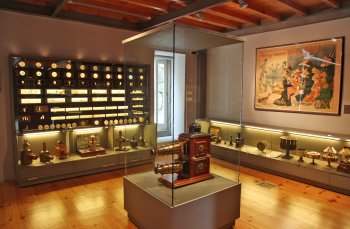
Castelo de Castro Laboreiro
- heritage
EM1160
4960-061, Castro Laboreiro
Ancient medieval fortification located at an altitude of 1033 meters. Currently, almost in ruins, it retains an enclosure delimited by walls and two doors. The Porta do Sapo (Frog Door) stands out. At the site of the primitive rock fortification, there are traces of prehistoric and Iron Age occupations.
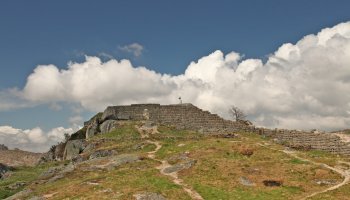
Igreja de Nossa Senhora de Orada
- heritage
EM301
4960-516, Melgaço
Temple with a single nave, built in 1245. Special attention is given to the portal with pointed archivolts and the north portal with the "Tree of Life" carved in the tympanum.
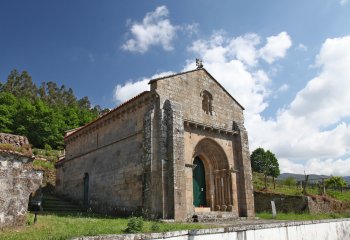
Ponte da Cavada Velha
- heritage
Assureira
4960-026, Castro Laboreiro
Roman bridge adapted in medieval times, transformed into a trestle deck bridge with two full arches. It has a perfect round arch of cushioned staves and a small side arch. Even today it retains the original floor made up of large slabs and stone guards.
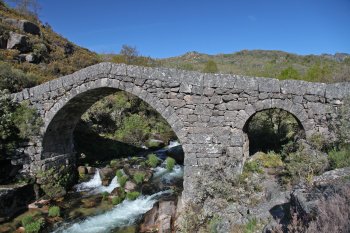
Mosteiro de Fiães / Igreja de Santo André
- heritage
Lugar do Convento
4960-150, Fiães
The church remains from the monastic complex, which retains interesting architectural features. On the front, the portal with four archivolts is the primitive one and in the upper area, redone in the 17th century, São Bernardo, the founder of Cistercian, the Lady of the Assunção and São Bento, surmounted by the coat of arms of the Order, keep us company in this place isolated but superb. The head of the temple is divided into quadrangular chapels, revealing the typically Cistercian architecture. The interior, with 3 naves, without a transept, was greatly transformed in the modern era. In the monastic dependencies …
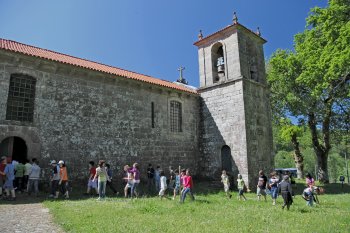
Castelo de Melgaço
- heritage
Rua do Castelo, 30
4960-537, Melgaço
Melgaço Castle currently consists of an imposing keep - with three floors, a parapet protruding over corbels, crowned by pyramidal merlons and with a hipped tile roof - and the surrounding walled enclosure, in a good state of conservation. It is believed that it may have had 3 towers and two doors, according to Duarte de Armas in his “Livro das Fortalezas” (Book of Fortresses) from 1509. The current tower houses the Melgaço Keep Tower Museum.
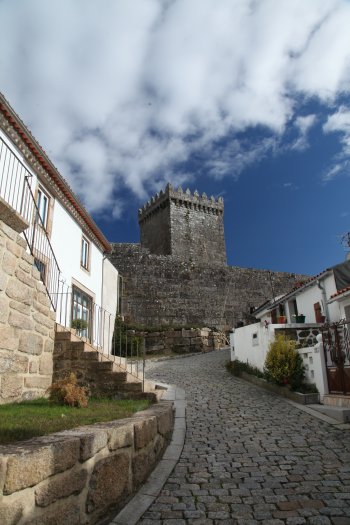
Igreja de Paderne / Igreja do Divino Salvador
- heritage
Paderne
4960-254, Paderne
Romanesque building dating from the 13th century, which has undergone several changes over the centuries. The Romanesque portals, the modillion, the oculus and the pointed arches stand out.
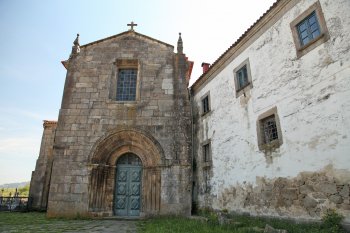
Muralhas do Castelo de Melgaço
- heritage
Rua do Castelo
4960-534, Melgaço
All that remains of the original medieval fortification is the keep, part of the 12th century fortress, part of the barbican and the towers that flanked one of the gates of the fence. From the 17th century it retains part of the rampart fortification.
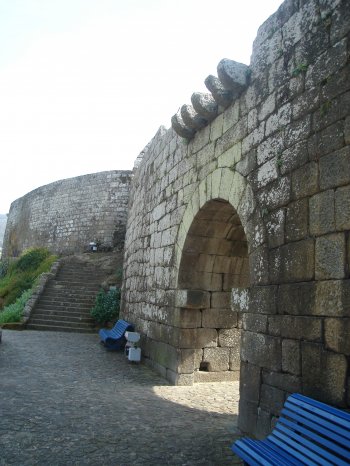
Capela da Igreja de São Lourenço / Capela de São Sebastião
- heritage
Largo da Igreja, 37
2860-410, Moita
Only the Chapel of São Sebastião is classified. The chapel has a ribbed ceiling. The walls are covered with tiles from 1730. The tombs from the 15th century are worth mentioning.
